
When Costa Rica’s “Social Progress Map” is analyzed, it is quite clear to see that poor performance is concentrated in our coastal and border areas, while high social performance is concentrated in a strip of the Central Valley.
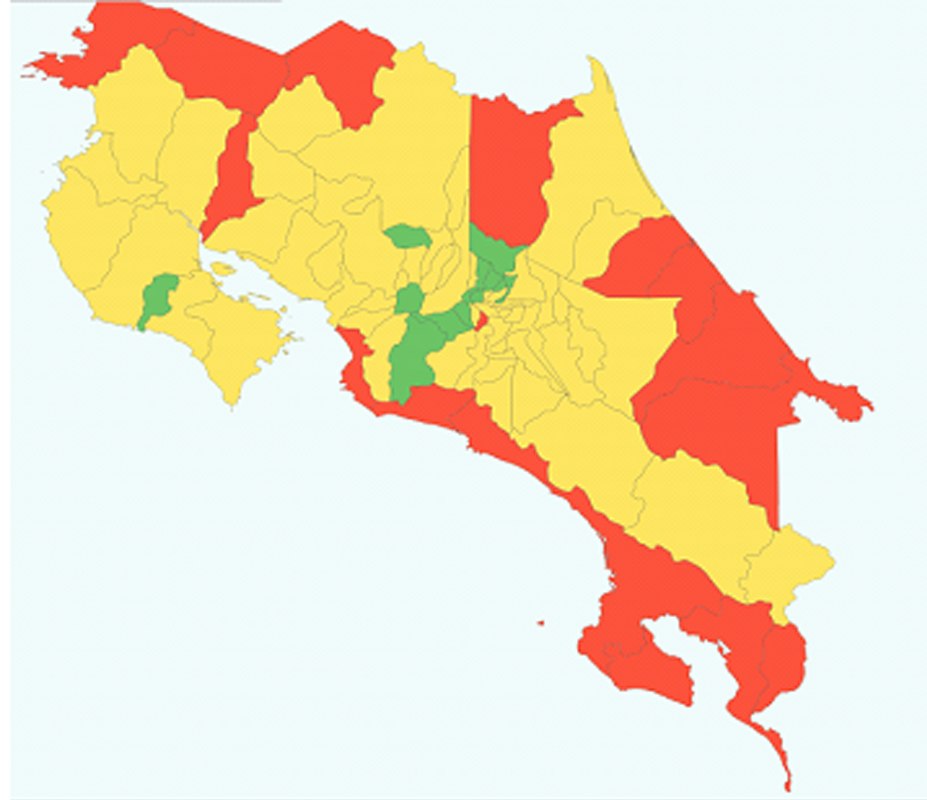
The color green shows the cantons with a high score on the Social Progress Map.
A green light on the left side of the map stands out, however, indicating the canton of Hojancha, whose social performance is clearly distinct from the surrounding cantons. In addition, it is the only canton outside of the Central Valley that has a high performance.
It is not my place to speculate on the causes of this performance. I will leave that in the hands of the researchers and journalists who want to dedicate time to such a valuable task. But I do want to explain what puts Hojancha in this privileged position, in the light of what has been measured.
The social progress index, whether measured at the global, national, canton or city level, always measures the same twelve components in order to answer as precisely as possible the big questions about social progress in the world.
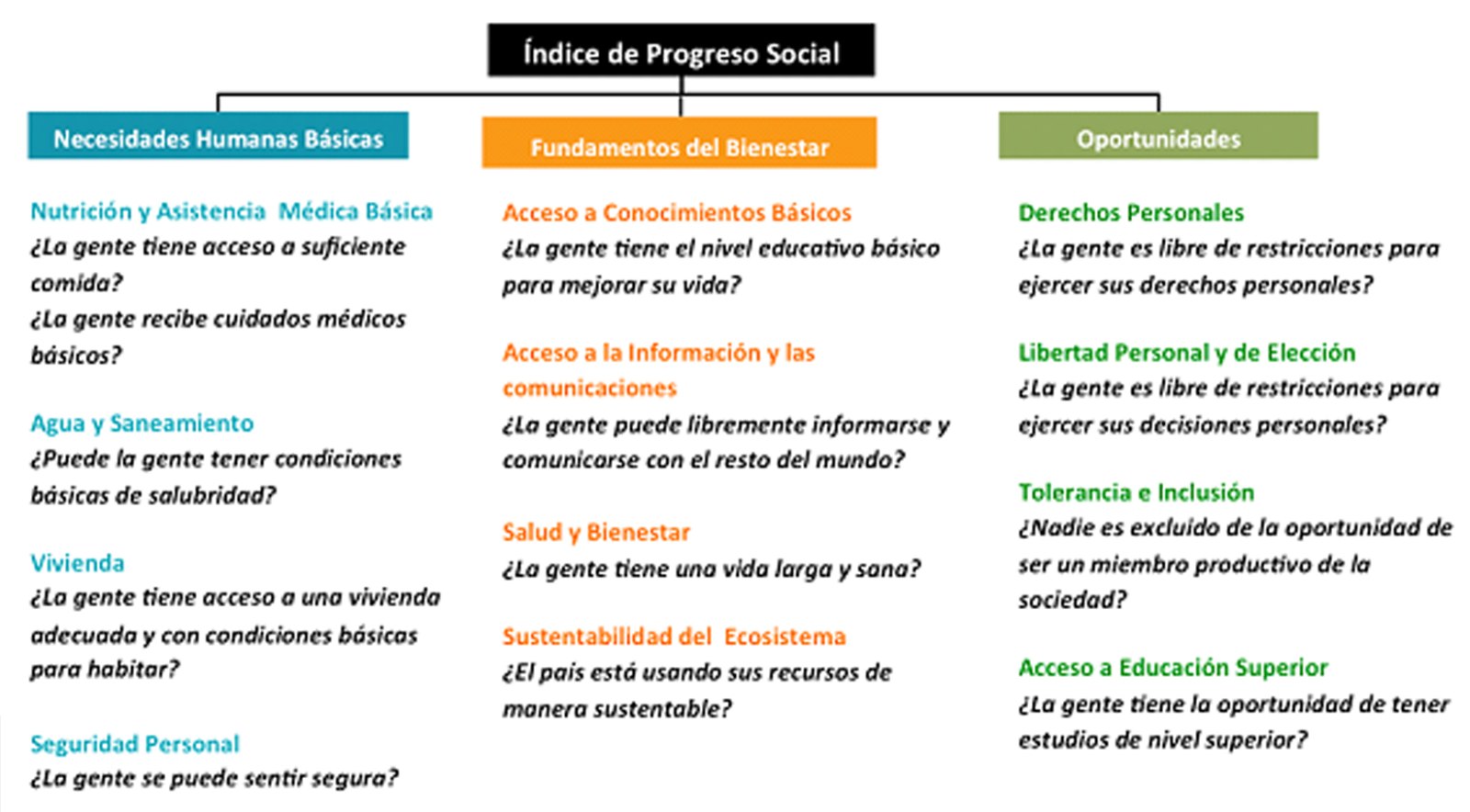
We will start by saying that, on a global scale based on 100 possible points for social progress, the world average is 61 points (SPI 2015), and Costa Rica scored 77.88, placing it in the 28th position in the worldwide rankings.
Hojancha has a score of 79.21 points. The indicators by which each component of the worldwide index is measured are not all the same as those by which the performance of the cantonal index is evaluated, but its statistical validity and the components that are evaluated are the same, and that is why I dare to make the comparison.
An in-depth analysis of the components, using the indicators selected and measured in Costa Rica indicates that Hojancha has a performance that places it tenth among the cantons with the best social progress in Costa Rica in absolute terms and by far the best ranking in Guanacaste.
Hojancha’s most outstanding areas of strength are the security in which people live, the health and wellbeing of its citizens, the sustainability of ecosystems and open access to exercising their personal rights enjoyed by its population.
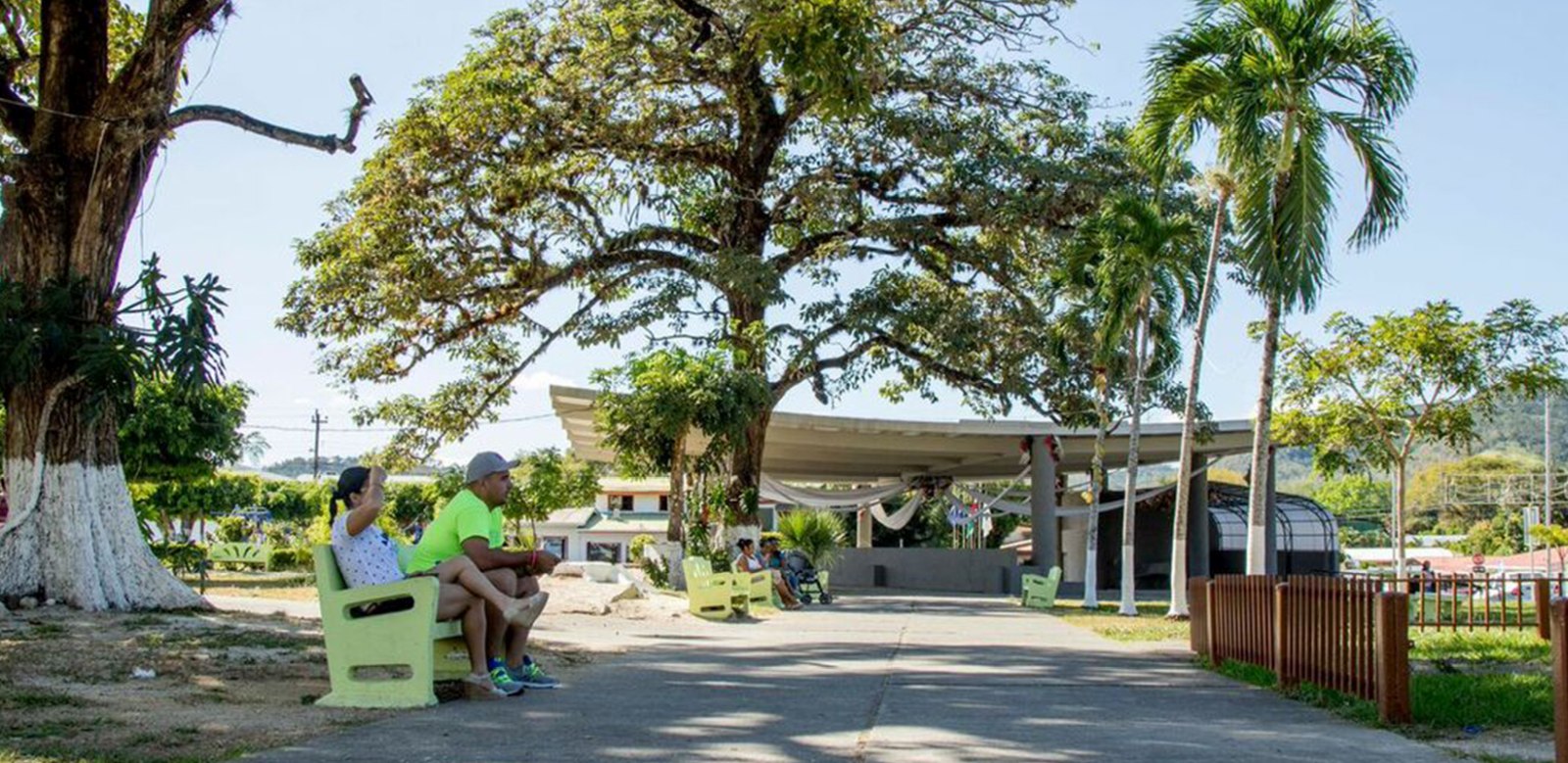
Three indicators are its most notable weak points: kids behind in school— in other words, children and teens that have not completed the educational program for their age; the number of cell phone users by percentage of population—which could lead to shortcomings in access to information and services; and the accountability of authorities to citizens.
Of these weaknesses, compared to other cantons with a similar level of development, the most worrisome is education, because it can’t be solved with a small monetary investment or a little willingness and good municipal practices, like the other two. Rather, it will require teamwork from educational institutions— from the Ministry of Public Education (MEP) to the canton’s schools— and the families of affected children and teens by taking advantage of instances and opportunities to catch up in their elementary and high school education.
Hojancha’s high performance on issues that are recurring news items in the country definitely stands out, such as a lower rate of young people without an education or employment, the lower percentage of teenage pregnancies, the inclusion of people with disabilities and solid waste management.
In addition, Hojancha shows less overcrowded housing; a workforce with higher technical education and a community with the freedom and ability to organize themselves.
Beyond the positive things that have been achieved so far, and taking advantage of the latter strength as a community that is capable of organizing, it would be very nice to see Hojancha focus as a community on solving the areas pointed out above as problems in the cantonal index of social progress in order to thus become a recognizable icon that is proactive in the collective well-being of its population.


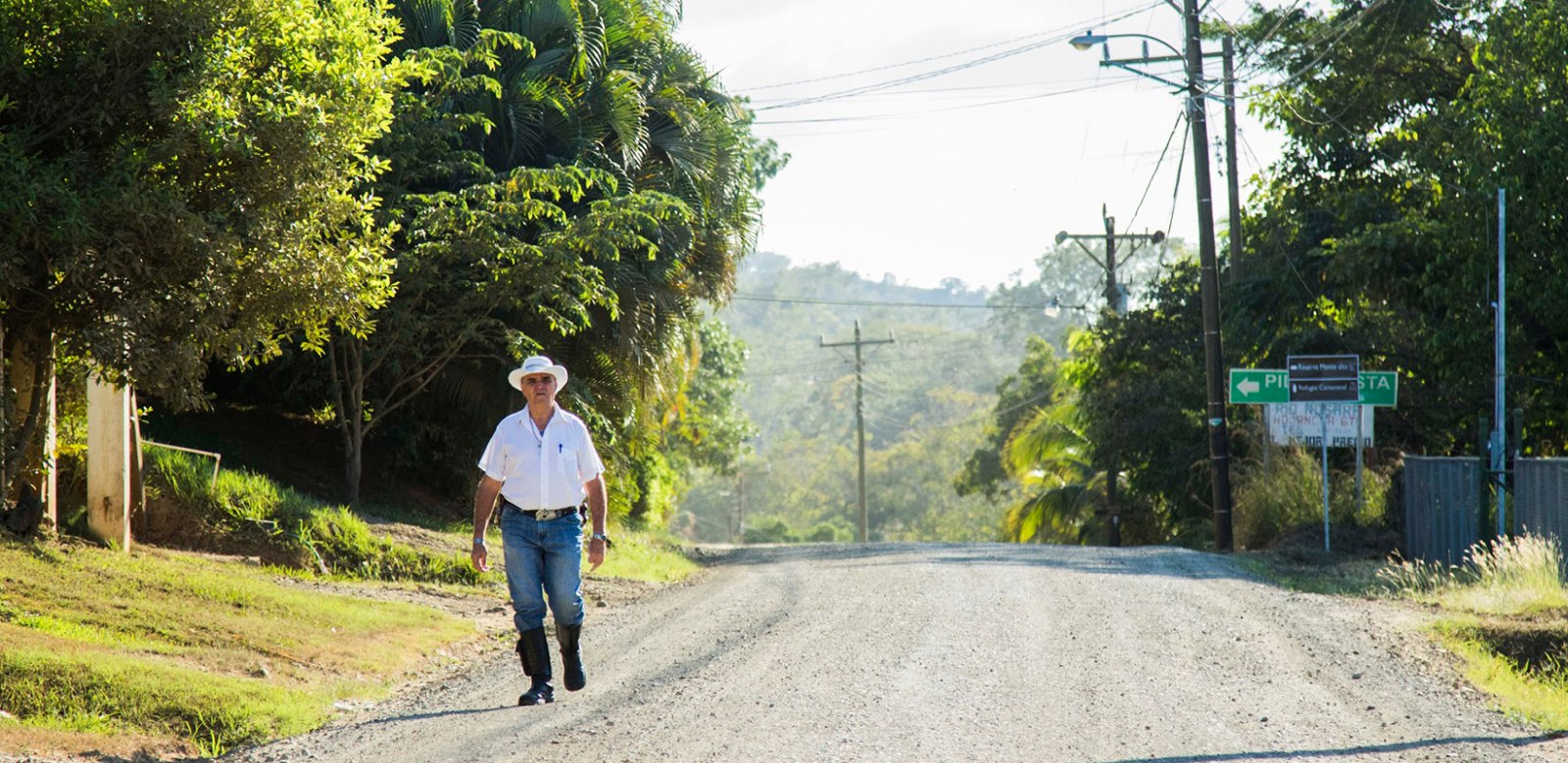
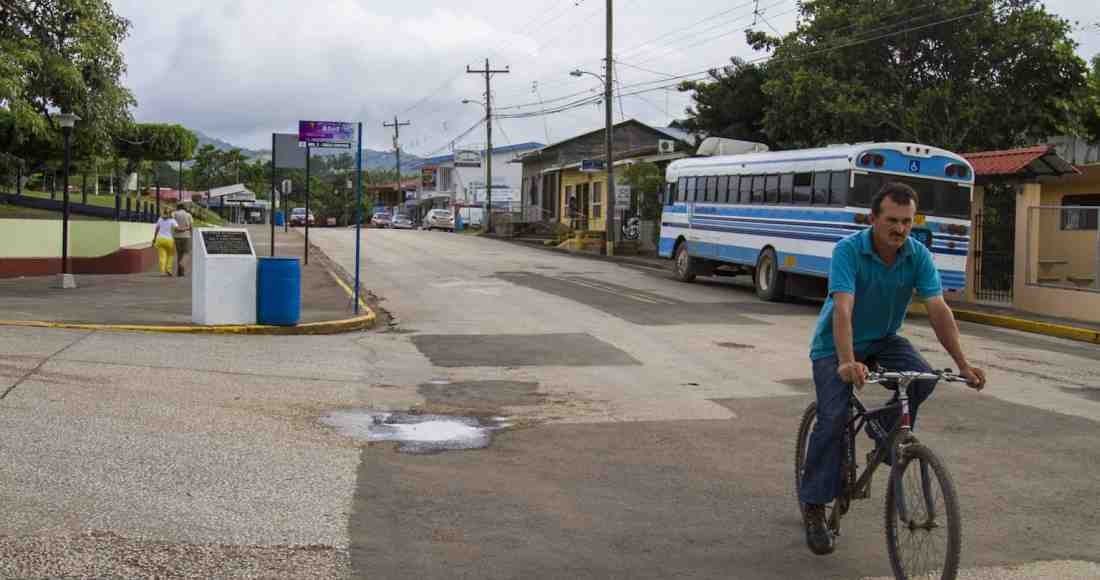
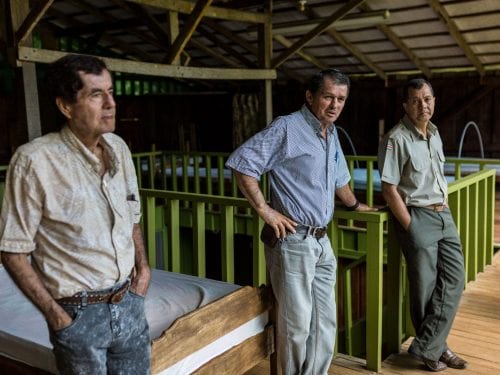
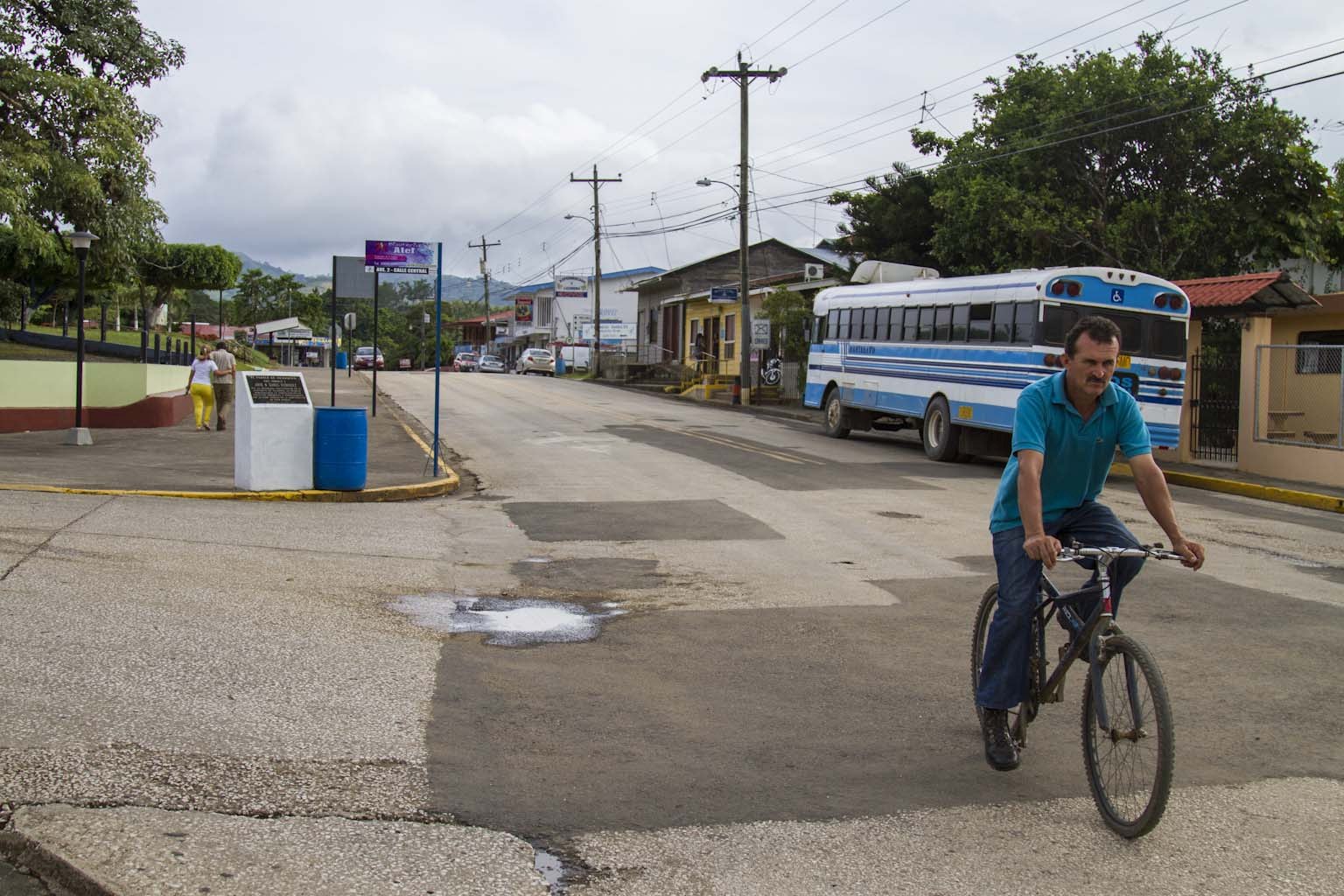

Comments